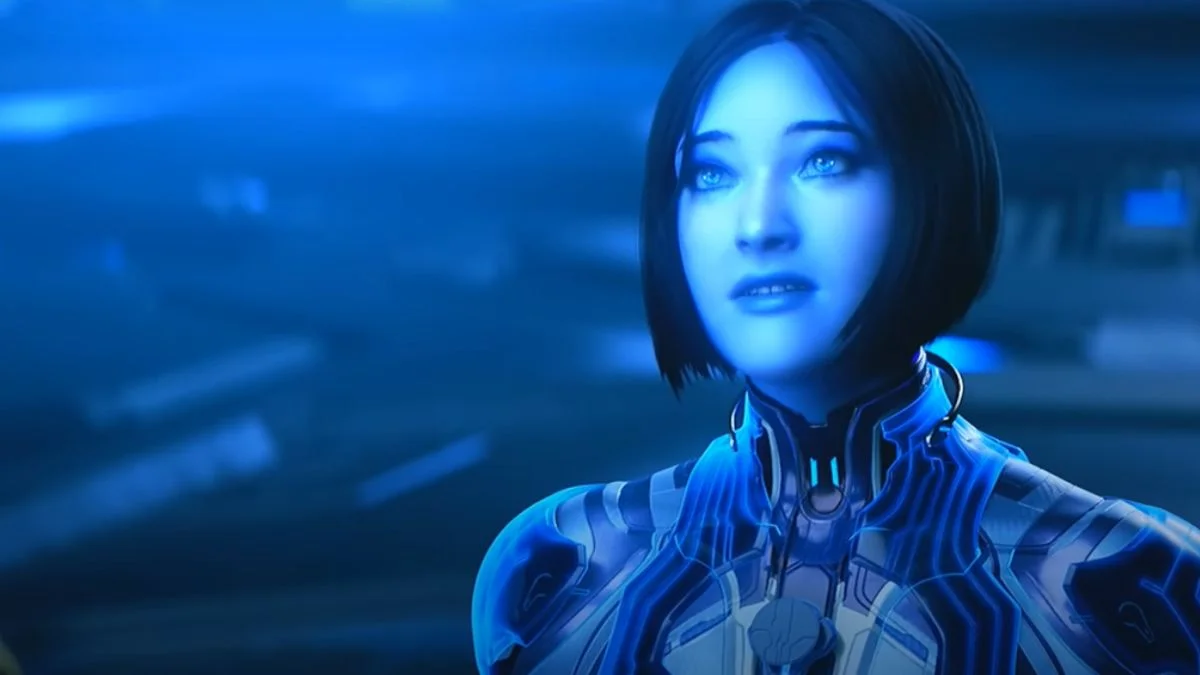TL;DR: The Last of Us Season 2, Episode 5, “There’s Something in the Air,” delivers one of the most emotionally charged, thematically rich, and atmospheric entries of the series so far. From fungal horror in the spore-filled basements to flashbacks of Joel that punch you in the soul, this episode blends psychological trauma, moral ambiguity, and sheer dread with grace.
The Last of Us season 2
1. Introduction: Love in the Time of Cordyceps
If Shakespeare wrote The Last of Us, this episode would be Act III, Scene I: the turning point where tragedy is no longer just inevitable—it’s inescapable. “There’s Something in the Air” isn’t just a cheeky title about spores wafting through the Seattle underground. It’s a statement about how everything—grief, love, trauma, revenge—hangs heavy over every moment like the scent of gunpowder and wet rot.
Ellie and Dina are slowly realizing that the end of the world isn’t just about survival—it’s about what you’re willing to do to keep something human inside yourself. Or lose it entirely.
2. W.L.F. Business Is Booming (In Blood)
We kick off the episode with a military drama interlude inside W.L.F. HQ, where Alanna Ubach returns as Hanrahan, one of the few characters who can look like she’s both running a war and an HR seminar at the same time. Her conversation with Sergeant Park—whose son Leon is now cordyceps chow in the sealed basement of a hospital—sets the mood: everything is falling apart, but bureaucracy’s still gotta bureaucrac.
The way the show uses this scene without showing the incident is a stroke of horror genius. The imagination does more damage than any clicker close-up. It’s pure Alien vibes—monsters in the walls, but the real horror is in the chain of command deciding who’s worth saving.
3. Spores: The Sequel No One Wanted
Let’s talk about the Cordyceps evolution—airborne spores. It’s been hinted at since Season 1, and now it’s finally arrived like the worst kind of DLC. The show’s refusal to over-explain this development is smart; it keeps us guessing. Instead of a CDC exposition dump, we get whispered fears and closed-off corridors.
The idea that the infected have strategically made their presence airborne is a disturbing flex. This is Mother Nature saying, “Oh, you think walls will save you?” This makes every underground moment feel suffocating, even if no one’s breathing hard yet.
4. Guitar Strings and Heartstrings
Ellie’s one-line rendition of Pearl Jam’s “Future Days” was a gut-punch wrapped in flannel. This is the show’s emotional shorthand: no need for dramatic flashbacks when one chord can break your heart.
The callback to Joel through this song is pitch-perfect. It’s not nostalgia—it’s grief weaponized. Bella Ramsey’s delivery, even without tears or breakdowns, says it all: she hasn’t moved on. She’s marinating in loss.
5. The Factory That Fun Forgot
Seattle may be rainy, but this episode proves it’s also metaphorically drenched in sorrow and rage. The factory Dina and Ellie enter looks like the set of a Nine Inch Nails music video—but with more fungus. It’s abandoned in the same way your childhood dreams are: never really dead, just… mutated.
The tension here is brutal. We knew they’d run into infected, but stalkers? That’s nightmare fuel, especially for anyone who remembers The Last of Us Part II’s grocery store encounter. These things don’t click—they creep, and that somehow makes them worse.
6. Jesse, Our Savior With Great Hair
Young Mazino’s Jesse showing up is the episode’s “hell yeah” moment—finally, a reunion we didn’t have to cry through. Jesse’s the kind of guy who jumps into danger for his friends and still looks like he moisturizes. He and Tommy bringing backup gives the mission more weight—and raises the emotional stakes.
But let’s be honest: it also reminds us that happy reunions in The Last of Us never last long. If you smiled here, that’s on you. The show’s probably about to rip your heart out.
7. In the Belly of the Seraphites
The Seraphite ritual execution scene was straight out of The Wicker Man—if the bees were infected and religious trauma was airborne. Seeing a Wolf get disemboweled like it’s Sunday sermon shows just how far gone the Seraphites are.
Their presence isn’t just spooky flavor anymore—they’re the third force in a war that has no real heroes, just survivors with conflicting delusions. Ellie, Jesse, and Dina stumbling into their territory adds an “oh, sh*t” layer to an already intense episode.
8. The Hospital Showdown: Spores, Suffering, and Shades of Joel
Let’s get fungal. The basement of the hospital is the closest thing the show’s ever given us to full-on survival horror. This isn’t action—it’s dread. Ellie moves through the space like she’s playing her own personal level of Silent Hill. Fungal walls breathe. Corpses wheeze. And yet, she stays focused.
Nora’s breakdown in this space—her shaking, choking, sweating—makes you feel like you’re inhaling the spores yourself. When Ellie finally corners her and demands Abby’s location, we see the final cracks forming in the person Joel once tried to protect.
9. Ellie’s Descent and the Cycle of Violence
Ellie doesn’t just channel Joel in her interrogation of Nora—she becomes him. The flashback intercut during the beating scene is brutal, not because of the violence, but because we realize: this is what Joel would’ve done. It’s not vengeance—it’s learned behavior.
And that’s the point. Ellie isn’t just on a mission. She’s replicating a pattern of survival masked as love. It’s chilling. And tragic. The worst part? She knows it.
10. The Ghost of Joel Miller
Even dead, Joel is the show’s gravitational center. His ghost hangs over every decision Ellie makes, every step she takes toward her enemies. The flashback is short, but it hits harder than any monologue. Pedro Pascal’s absence is somehow louder than his presence ever was.
And that’s the genius of The Last of Us: it doesn’t rely on the living to tell its story. It uses memory like a scalpel, cutting into its characters just enough to bleed, but never enough to kill.
11. Final Thoughts and What Comes Next
“There’s Something in the Air” isn’t just another “moving the chess pieces” episode—it’s a brutal reminder that revenge, love, and trauma are all slow-acting poisons in this world. Ellie and Dina’s love story may be blooming, but it’s growing in the shadow of Joel’s grave.
This episode lays down the spores of what’s to come: moral collapse, maybe a glimmer of redemption, and likely a whole lot of infected horror. With only a couple of episodes left, this season is heading toward a conclusion that might hurt worse than Joel’s death. And you know what? We’ll be there, tissues and theories in hand.







